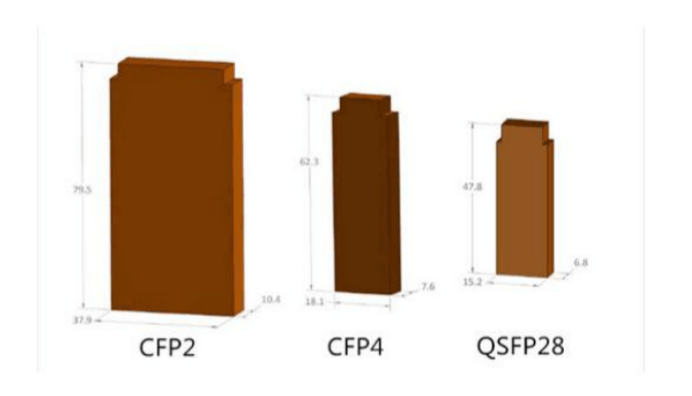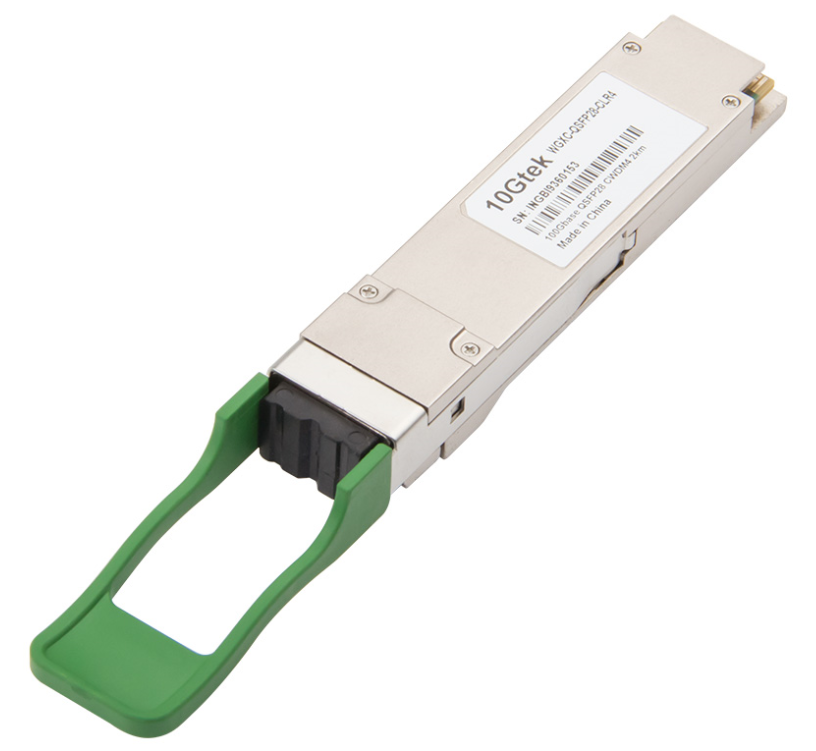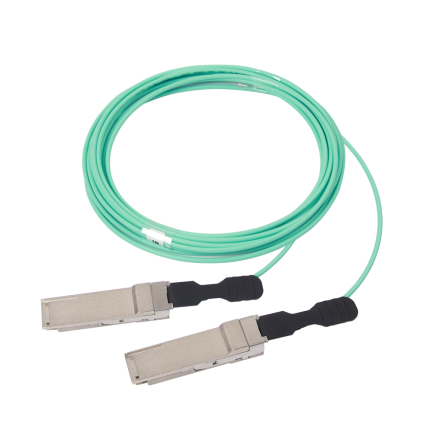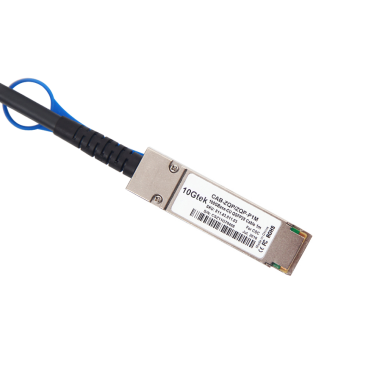Guide to QSFP28 Transceivers for 100G Data Center Connectivity
Using standard transceivers and cables is the most straightforward way to upgrade to 100G traffic. However, there are several types of 100G optics(transceivers and cables) available on the market like the CFP, CFP2, CFP4 and QSFP28 fiber optic assemblies. QSFP28 transceivers offer the cost-optimized solutions for connecting 100G switches together in a rack or data center, which become very popular in the 100G connectivity. Today, we are going to introduce this smallest 100G form factor transceiver-QSFP28 to you.

QSFP28 Optical Transceivers
It is notable that QSFP28 transceiver not only have the same physical size as the QSFP+ used for 40G traffic, but the lowest power consumption among those that are capable of handling 100G traffic. The QSFP28 interconnect offers four channels of high-speed differential signals with data rates ranging from 25 Gbps up to potentially 40 Gbps, and will meet 100 Gbps Ethernet and 100 Gbps 4X InfiniBand Enhanced Data Rate (EDR) requirements. There are basically three types of QSFP28 transceivers seen in the below image.
.png)
QSFP28-SR4

QSFP28-LR4

QSFP28-CLR4(CWDM)
QSFP28-SR4 transceivers is specially designed to support connections of up to 100 meters over multimode fiber. This approach is similar to using AOC cables, but here it is possible to use structured cabling. They use more expensive non-standard MPO (multi push-on/pull-off cable) connectors which cancel out some of the cost savings of the transceiver. QSFP28-LR4 versions support connections up to 10km over single-mode fiber. They use standard LC connectors and the existing structured LC cabling. QSFP28 CWDM4 is a transceiver module designed for 2km optical communication applications. The module converts 4 input channels of 25Gb/s electrical data to 4 CWDM optical signals, and multiplexes them into a single channel for 100Gb/s optical transmission. It is noteworthy that QSFP28 CWDM4 can not be compatible with QSFP28 LR4, as the protocol is different.
For distances longer than 10km, there have also been some recent breakthroughs in transceivers with DWDM capabilities, most significantly the PAM4. To be effective, however, the DWDM QSFP28 PAM4 requires amplification for even very short distances, and for any distance over 5 or 6km, needs dispersion compensation. With this, it can handle data traffic up to 80km.
QSFP28 Cable Assemblies
Compared to the QSFP28 transceivers, QSFP28 cable(QSFP28 DAC or QSFP28 AOC cables) is the more convenient, lower-cost method of connecting 100G equipment. And most importantly, using a single cable assembly removes many of the problems associated with dirty connectors. DAC is suitable for applications within 15m and AOC up to 70m. AOC cable assemblies provide similar performance to discrete transceivers and fiber cables. The following image shows a QSFP28 AOC (left) and QSFP28 DAC cables (right).

QSFP28-AOC

QSFP28-DAC
QSFP28 Application
Whether to use the QSFP28 transceivers or cables, they are indeed the ideal solution for switch vendors who need to handle data that stays within the rack and the data center. QSFP28 offers the perfect fit for these scenarios. However, for the 100G longer distance, the CFP and CFP2 offer DWDM Coherent technology and enable multi-channel long distance connectivity of more than 1000km. One thing we can't miss is that the CFP is too big to be used in an Ethernet switch in volume. Even though a vendor chooses the smaller CFP2 or CFP4, the size and power are often unrealistically high. One solution is to offer CFP DWDM support for those few links where it's required, but even there, the increase in power consumption and the decrease in available ports have an impact on the overall cost-effectiveness of the switch.
Conclusion
The QSFP28 fiber optic solution offers the best of both worlds allows: the user can get the full benefits of QSFP28 transceivers and cables in the datacom equipment, also take the advantages of high-speed traffic transportation between sites.10Gtek offers a variety of 100G modules, DACs and AOCs, as well as the cable assemblies and management hardware which can satisfy short and long reach applications. For more detailed information, please contact us directly.




